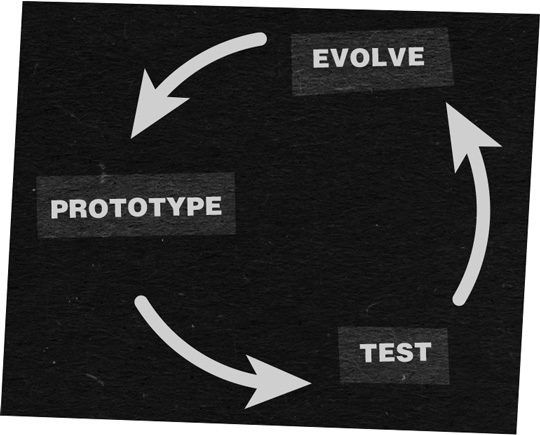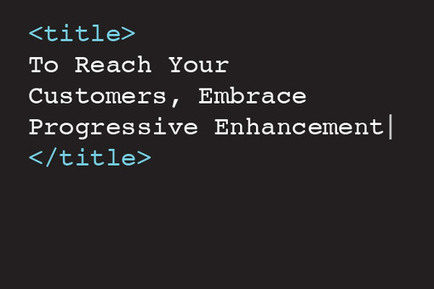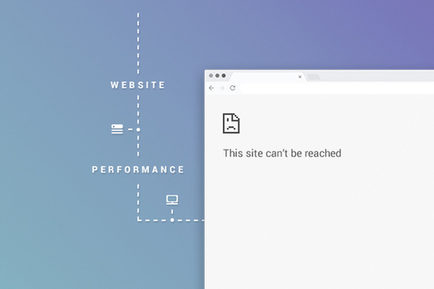Digital Platforms
What are the primary goals of the agile development process?
The agile development process came about as a way to get end products into the hands of owners and end users more quickly while eliminating unnecessary hurdles or roadblocks. Created to speed up development, it allows developers and owners/clients to not only solve problems quickly, but to also ensure they’re solving the right problem.
Using this process, developers can tackle a single issue, let people use the product, gather feedback, fine-tune the product and test it again.
Ultimately, the agile development process also yields a better product.
How does agile development work?
While not limited to the digital world, the agile development process is perfect for software, because software, by nature, is easily malleable. The agile process allows development teams to quickly build and deploy website products for testing and feedback.
Developers use the process to build digital products that are meant to solve a core problem or fulfill a specific need. This iterative approach takes the life cycle of a project and breaks it down into separate parts, which allow for revisions and fine-tuning prior to project completion. Instead of tackling the entire project at once, the team completes single small tasks or segments quickly within a constant loop of adjustments and feedback.

Think about an author writing a book. She can take one of two approaches: write the whole book before showing it to anyone else or write a chapter at a time and share it with her editor and beta readers, taking their feedback into consideration before moving on to the next chapter. This second strategy makes it easier to shape the outline and identify plot holes and character issues. In the same way, digital teams can identify bugs or adjust the website build based on how users actually interact with the site.
Here’s another easy way to think about the agile process. Imagine asking your friend to build you a skateboard, and they build it. When you use it, you realize that while you can get around faster now, it would be great if you had something to hold onto as you’re zipping down the street. So, you ask your friend to turn your skateboard into a scooter with a handle. That’s better, but you get tired and decide it would be even better if you could sit down. So, your friend adds a seat, turning your scooter into a bicycle. But you still can’t get where you’re going fast enough, so finally your friend adds a motor, and your bicycle becomes a motorcycle.
How does the agile development process benefit developers, website owners and end users?
First and foremost, the agile process always puts the owner (customer) and the end user first. Remember, we’re building something that someone, somewhere, is going to use. Presumably, we’re helping solve a problem that will lead the user to the owner and perhaps convert that user to a customer.
There is a lot of value in the ability to make changes and visualize next steps along the entire journey. The agile process is essentially a testing environment, perfect for doing exactly that. We can approach it in one of two ways:
- Testing in practice means we determine how users want to use the product and apply that information to make the product better and more prepared to meet user needs. For example, we built a sales training platform for a client who had specific ideas about how they could use the platform to communicate internally and with their sales reps. When we gave the sales reps (the end user) a chance to use the platform, they provided real-time feedback that allowed us to make tweaks and build out new training topics. Remember, no matter how well you understand your business, it can be difficult to predict actual use patterns. The agile process allows us to fit the product to the use case, rather than the other way around.
- Testing in development, on the other hand, remains internal to development teams. For example, while building a website, we may want to break the project down into smaller sprints or chunks for prototyping. A designer may create something that we can prototype quickly and use in a live environment. The insights we gain will help shape future designs. Instead of designing every website page and handing the designs over to a developer, we start with a few page designs, share them with the developer and make tweaks as needed. This method is efficient for us and, as a result, more affordable for the client.
No matter how we approach individual projects, the agile development process exists within a fluid, malleable world, offering more adaptability and creative flexibility. And that will always equal higher quality results in a shorter period of time.

